Industrial Machine Relocation: Essential Planning Steps
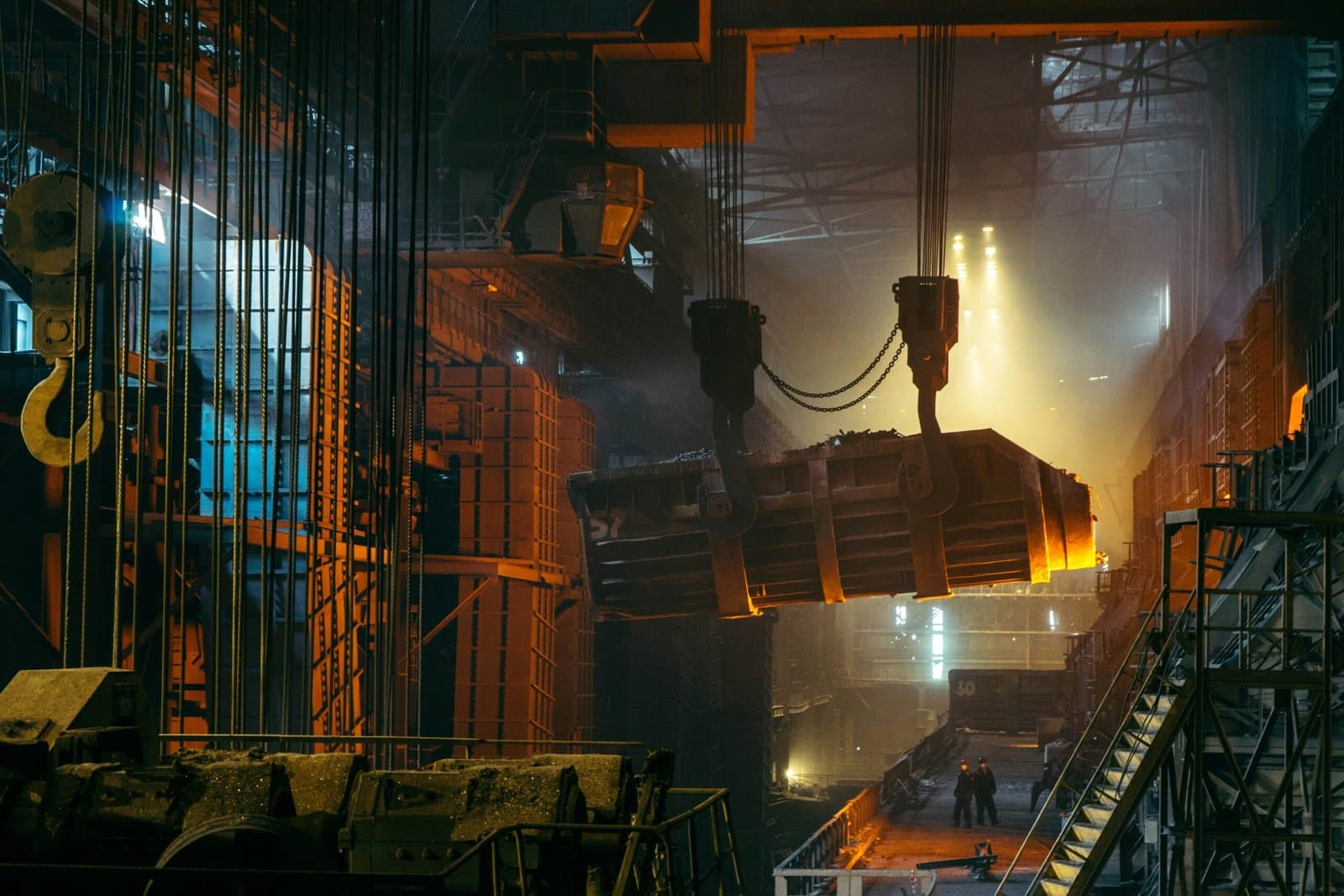
Industrial machine relocation is one of the most complex tasks a manufacturing business can undertake. Whether you’re moving a single CNC machine or relocating an entire production line, every detail matters. Poor planning can lead to costly delays, equipment damage, safety risks, and operational downtime.
But with the right process and preparation, industrial machine relocation can go smoothly and even create opportunities for process improvements. Below is a step-by-step guide that covers everything from pre-move assessments to safety protocols.
Step 1: Conduct a Detailed Pre-Move Assessment
Before anything is disconnected, lifted, or moved, you must fully understand what’s involved.
-
Inventory and condition check: Document every machine being moved, along with its size, weight, configuration, and working condition.
-
Operational dependencies: Identify which machines are linked (electrically, pneumatically, hydraulically) and determine the order in which they must be shut down and reinstalled.
-
Site analysis: Evaluate both the origin and destination sites. Ensure access points, floors, loading areas, and structural limits can support your equipment.
A thorough assessment helps you plan logistics and anticipate risks before they become costly problems.
Step 2: Develop a Rigging and Transport Plan
Heavy industrial machines require specialized rigging to be moved safely and efficiently. This step should never be improvised.
-
Weight and center of gravity analysis: This determines the type of rigging equipment needed, such as cranes, forklifts, gantries, or skates.
-
Custom lift points: Many machines need engineered lifting points or brackets to avoid stress fractures during the move.
-
Securement strategy: Once on transport, machines must be stabilized to prevent shifting or tipping.
According to the Specialized Carriers & Rigging Association (SC&RA), mishandled rigging accounts for over $100 million in equipment damage annually. This makes it essential to work with certified riggers who have machine-specific experience.
Step 3: Secure All Permits and Regulatory Compliance
Large equipment moves often require regulatory oversight, especially when transporting oversized or overweight loads.
-
DOT and highway permits: If the relocation involves over-the-road transport, you’ll likely need oversized/overweight load permits.
-
Utility and road clearances: In urban areas, you may need to coordinate with local authorities for temporary road closures or overhead wire adjustments.
-
OSHA and safety compliance: Ensure all workers and contractors adhere to OSHA safety standards for machine handling, lockout/tagout procedures, and protective equipment.
Neglecting the permitting process can cause legal headaches and bring the move to a sudden halt.
Step 4: Create a Realistic Timeline and Downtime Strategy
Time is money, especially in manufacturing. But aggressive timelines that ignore contingencies are one of the biggest mistakes in machine relocation.
-
Stage planning: Break down the project into manageable phases (disassembly, transport, reassembly, testing).
-
Contingency buffers: Build in extra time for unexpected delays due to weather, site access, or permitting issues.
-
Staggered operations: If possible, keep parts of your operation running while others are relocated to minimize production loss.
Involving operations and production managers in timeline development ensures the plan reflects real-world constraints.
Step 5: Prioritize Safety at Every Stage
Industrial machine relocation poses significant safety risks, including equipment failure, crushing hazards, and electrical shocks. A strong safety plan isn’t optional.
-
Pre-move briefings: Every team member should understand their role, the equipment they’ll use, and the hazards involved.
-
Lockout/tagout (LOTO): Ensure all power sources are properly shut down and tagged out before disassembly begins.
-
Personal Protective Equipment (PPE): Enforce strict PPE use for anyone on-site, including steel-toe boots, hard hats, gloves, and safety vests.
-
Emergency procedures: Clearly communicate the steps to follow if an incident occurs during the move.
According to OSHA, nearly 75% of heavy equipment accidents are caused by operator error, often due to inadequate training or poor planning. Make safety your first priority, not your last-minute fix.
Step 6: Coordinate Reinstallation and Functional Testing
Relocation doesn’t end when the machine arrives at its new home. You must ensure it’s reinstalled, calibrated, and fully operational before resuming production.
-
Utility hookups: Coordinate with electricians, pipefitters, and HVAC specialists to reconnect power, air, and water lines.
-
Leveling and alignment: Even small shifts during transport can throw off precision equipment. Machines should be re-leveled and aligned to specs.
-
Testing and quality checks: Run diagnostics and test cycles before signing off. Involve QA teams to ensure everything meets performance expectations.
A strong finish ensures the relocation delivers measurable value to your operation, not just logistical relief.
Final Thoughts: Why Planning Is the True Power Tool
Relocating industrial machinery is not just a logistics challenge, it’s an opportunity to improve efficiency, streamline workflows, and future-proof your facility. But it only works when you take the time to plan carefully.
From detailed assessments to safety protocols and timeline coordination, each step in the process plays a vital role in ensuring the move supports your business.
✅ Ready to Relocate with Confidence?
APS Industrial Services brings decades of experience in industrial machine relocation across manufacturing environments.
From strategic planning and precision rigging to full-site coordination, we ensure your equipment is moved safely, efficiently, and with minimal disruption.
👉 Contact APS today for a tailored relocation consultation and quote.
Newsletter
Don't miss a thing!
Sign up to receive daily news
Recent Posts
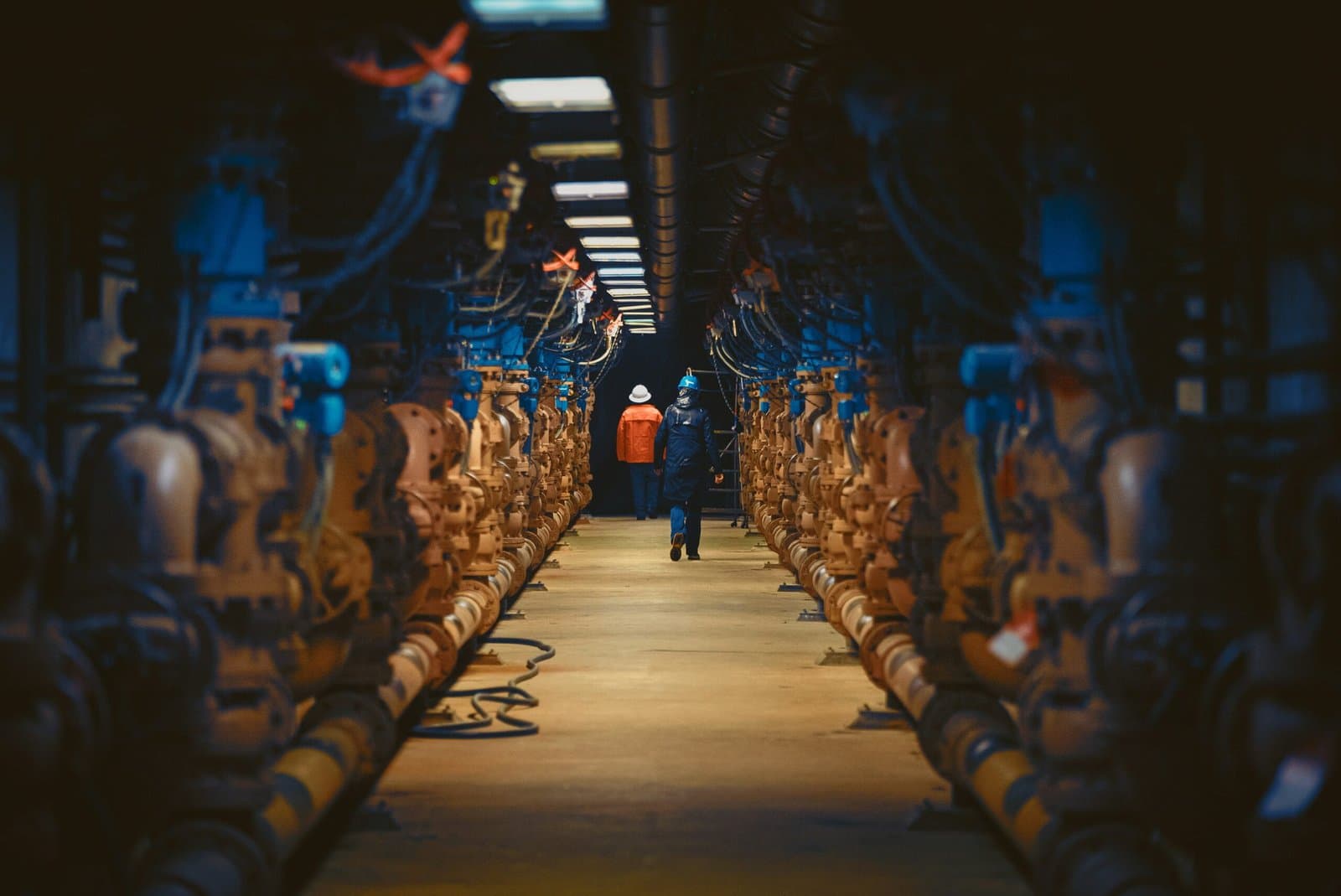
august 30, 2025
Decommissioning a Facility: How to Turn It into a Profitable Venture
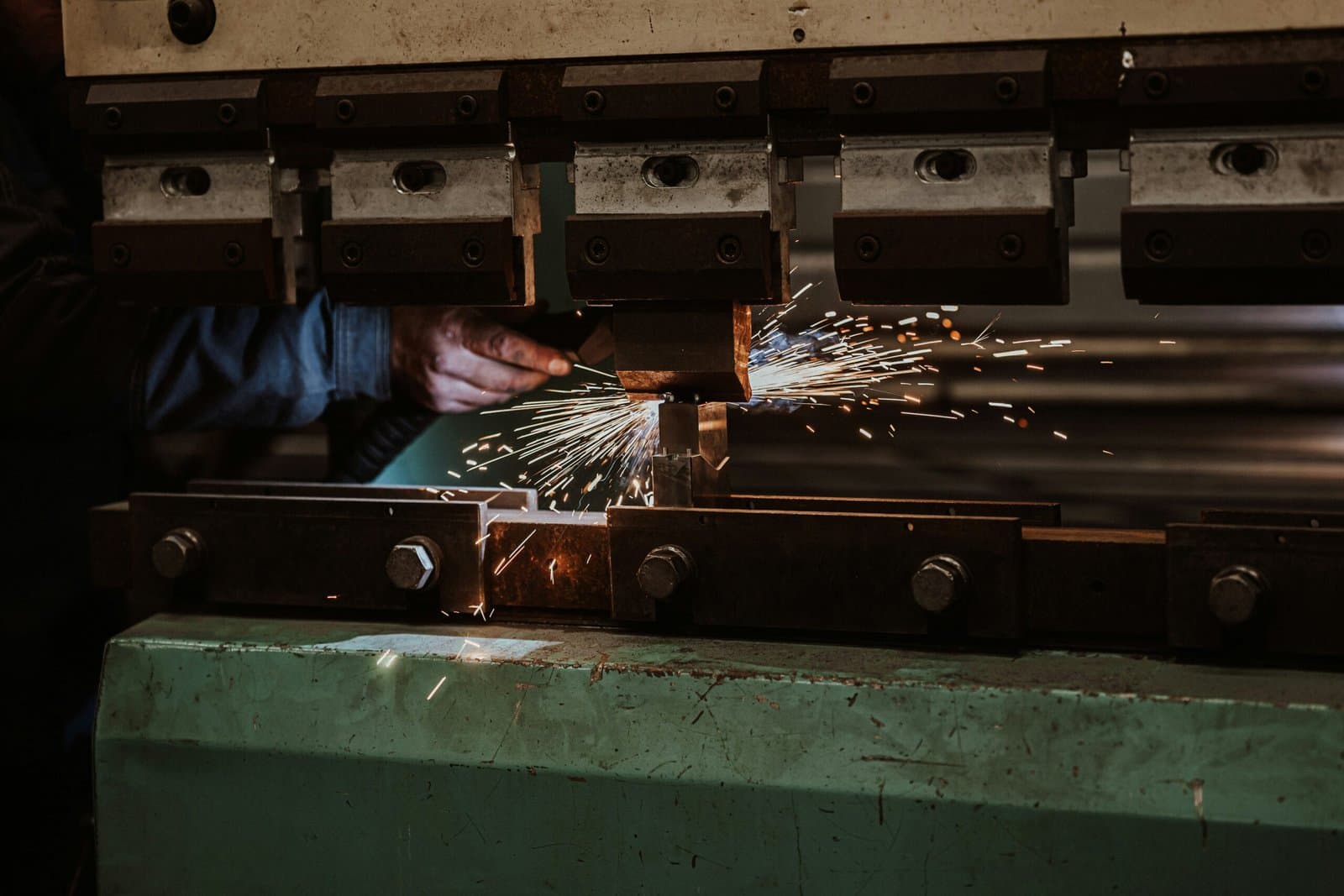
august 25, 2025
Hydraulic Press Maintenance 101
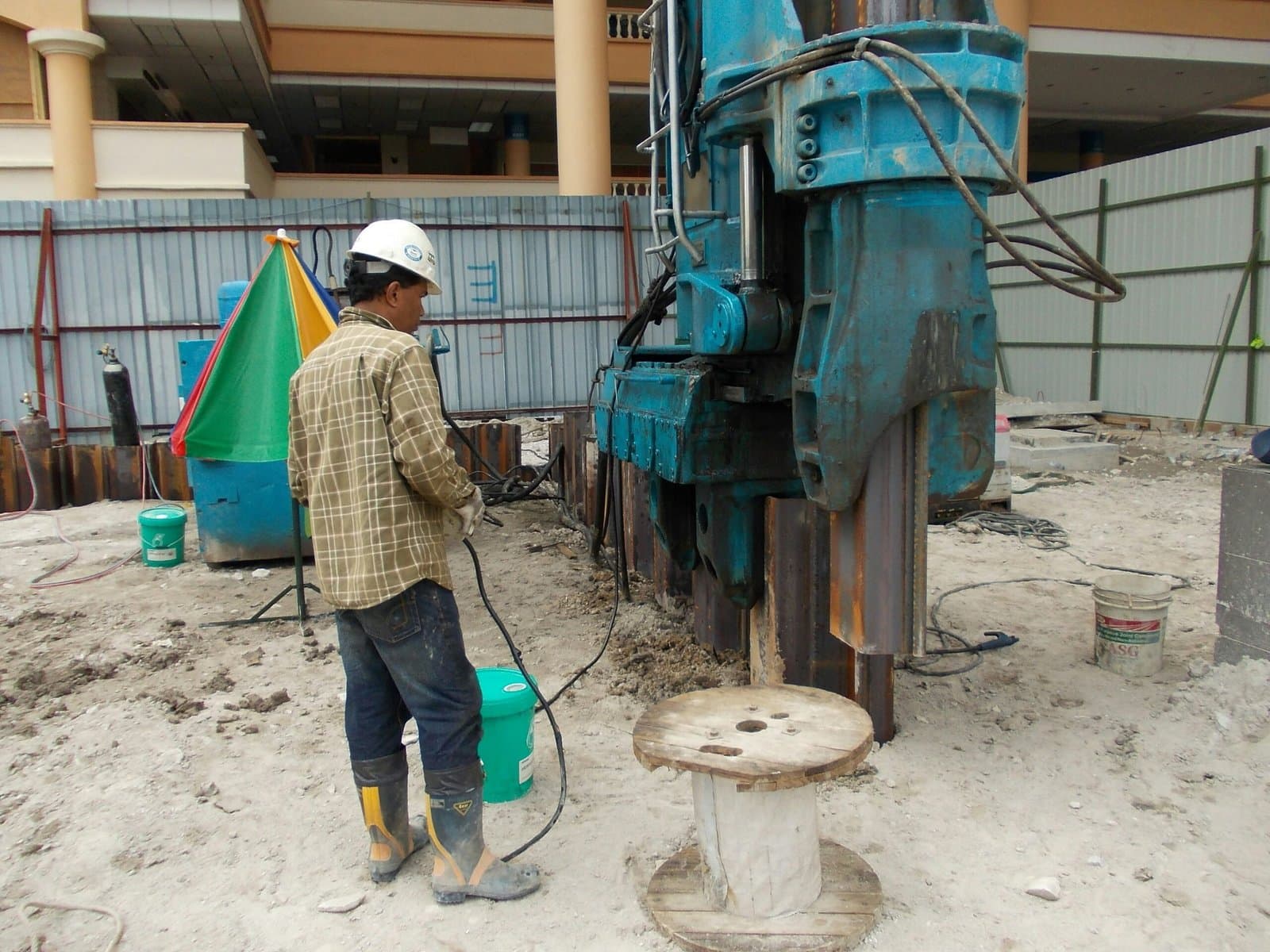
august 18, 2025
Rigging Machinery: The Challenge of Moving and Installing Outdated vs. Modern Equipment

august 16, 2025
Conveyor System Maintenance: 5 Early Warning Signs of Failure

august 14, 2025
Predictive Maintenance: The Smarter Alternative to Costly Reactive Repairs
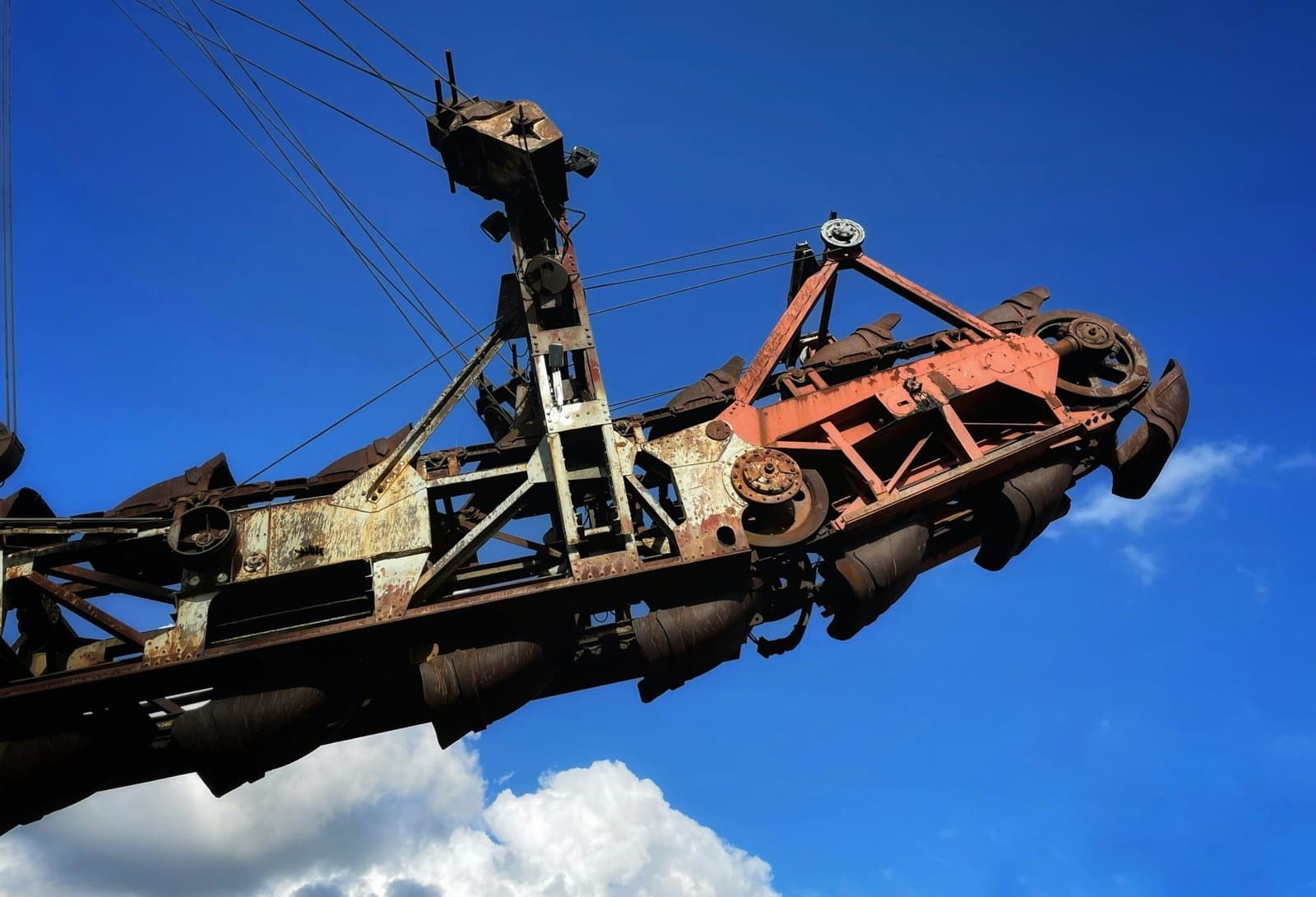
august 11, 2025